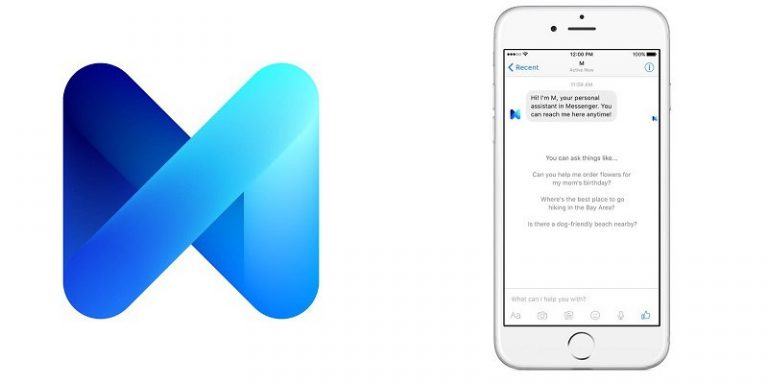Human Touch vs. AI Efficiency: Exploring the Role of Chatbots in Customer Service | Greechat

Live Chat: Can Chatbots Replace Humans?
Can chatbots replace humans? It’s a question that has been in the minds of many businesses for years.
As the digital world evolves, more and more businesses are turning to automation to save time and money. For example, chatbots are becoming an increasingly popular alternative to human customer service agents.
Such chatbots can be trained to handle simple customer enquiries, often without human intervention. They can also be programmed with complex rules that allow them to handle complex questions. However, there is some debate about whether chatbots can replace humans altogether in a live chat tool.
The case for chatbots
Chatbots are able to respond instantly to questions and provide accurate answers quickly. They also don’t get tired or bored as humans do after hours of answering the same questions over and over again. This makes them ideal for dealing with routine inquiries.


It’s estimated that the average agent spends less than ten seconds on each interaction before moving on to the next customer inquiry.
With this in mind, you can see why some businesses have started using chatbots instead of human agents: they are significantly cheaper than hiring a full-time employee but still provide customers with a reliable solution when they need it most (i.e., when they need an urgent answer).
These AI machines are getting smarter, and they’re being used more frequently. But how far do you trust them? And how much can they replace human interaction?

Why personal touch matters
The key to customer service is the ability to give customers personalised responses. Chatbots are great tools for automating simple tasks like checking a balance or ordering groceries online, but they aren’t yet able to handle more complex requests.
To get a response from a bot, you have to be very specific about what you want or else you’ll get an error message or be asked to continue the conversation with a human agent. That’s why companies like SurveyMonkey have created virtual assistants that can handle more complex conversations because they’re trained on thousands of previous interactions between humans.

Chatbots are slowly getting better at natural language understanding (or ‘NLU’), but there’s still a long way to go before they can truly understand everything we say without any help from us at all.
When someone asks their bank about their mortgage payment date, for instance, it might not know what ‘mortgage’ means or how many payments are left on the loan. This is where having humans on hand can help.
But even if chatbots get as good as human customer service agents, there’s still one thing that will not change any sooner: you can’t build an emotional connection with a bot.
More personalised responses from humans
Live chat agents provide this human touch. They’re the first line of defence for potential customers looking to engage with your brand online. Moreover, these agents can help you reduce costs, improve user experience and increase sales.
The right live chat software will allow you to hire great customer service agents who can provide a better experience than an automated message or an email response. Live chat has become an increasingly important tool in today’s digital world – especially with the increased use of mobile devices and wearables.

The biggest limitation of chatbots is their inability to respond and interact beyond what they’re programmed to do.

For example, if you ask a question about whether it will rain tomorrow, the bot may tell you that yes it probably will because there’s a 90% chance of rain tomorrow – but if you ask why there’s a 90% chance of rain tomorrow, it won’t know what to say next because its programming doesn’t allow.
Moreover, chatbots are unable to comprehend the complexity and depth of human emotion, so they are unlikely to replace human interaction anytime soon.
The bottom line is that live chat agents provide this human touch needed to effectively communicate with consumers who are looking for answers to their questions or concerns about your products or services while they’re browsing.

Additionally, chatbots are still in their infancy. They’re not very good at understanding natural language and they cannot be relied upon for complex tasks such as making financial decisions or booking flights.
They are simply not ready to replace humans yet
While chatbots can be an excellent tool for providing basic information and answering simple questions, they lack the ability to provide emotional support or empathy – two things that make humans so helpful in customer service situations.
The key to strengthening customer retention is the interpersonal connection between the service representative and the customer. This is what sets humans apart from machines and why brands should continue focusing on personalisation when it comes to their digital strategy.
While AI-powered chatbots are capable of providing answers to simple questions, they lack the ability to engage in open-ended conversations that build trust and strengthen relationships.

For example, if a customer asks about shipping information or returns policy in a chatbot conversation, there is no way for that bot to provide personalised answers or take into account additional questions like ‘what about returns in Europe?’ or ‘what if I want free shipping?’
These types of questions require human intervention – not only because they require more complex answers but also because they require customising each response based on each individual customer’s needs and preferences.
In addition, live chat provides more than just answers; it also helps companies connect with their customers on an emotional level, making them able to increase conversion rates.
If you are now ready to increase your revenue with the power of live chat, look no further than us. Through live chat, we can provide you with the software, agents, and management team to effectively engage your visitors 24/7.
Contact Greechat today for more information.


